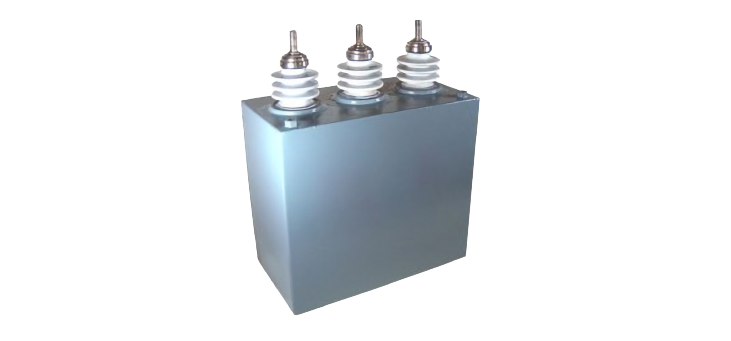Unpacking major market shifts in the high voltage capacitor market
The high voltage capacitor market is navigating a period of structural change fueled by technological disruption and evolving power infrastructure. Where centralized generation once dictated demand, today’s market is increasingly shaped by decentralized energy systems, digital monitoring, and the growing interconnection between utility-scale and distributed power networks. These shifts are influencing both product development and the strategic direction of leading capacitor manufacturers.
From centralized to decentralized energy systems
One of the most transformative shifts is the move from large, centralized power plants to distributed energy resources (DERs). As residential solar, wind farms, and microgrids proliferate, grid complexity rises—demanding more granular voltage control and reactive power support. High voltage capacitors are being adapted to meet the needs of these new environments, offering fast response times and modular configurations to fit varied load scenarios.
Rising role of digitalization in power quality management
The digitalization of grid infrastructure is reshaping how capacitors are integrated and managed. Traditional passive components are now being designed with embedded sensors and smart controllers for real-time monitoring. Capacitors that were once static devices are evolving into intelligent systems capable of dynamic response and predictive maintenance. This shift supports utility goals for reliability, efficiency, and remote diagnostics, especially in smart substation and HVDC applications.
Changing customer needs in industrial environments
Industrial consumers are also shifting their operational models—emphasizing uptime, energy efficiency, and automation. Capacitors are being selected not just for power factor correction but for their ability to support voltage stabilization under fluctuating loads. End-users are prioritizing compact designs, low-loss dielectric materials, and extended service life to align with tighter maintenance windows and long-term cost control objectives.
Supply chain and sourcing adaptations
Global supply chains are undergoing realignment in response to geopolitical tensions and lessons from past disruptions. Capacitor manufacturers are shifting toward multi-sourcing strategies and regional material procurement to avoid overreliance on a single supplier or geography. This change is reshaping vendor relationships and prompting greater localization of production, especially in North America and Europe.
Sustainability as a key market driver
Environmental impact is no longer a peripheral concern—it's now a core decision factor. Customers and regulators alike are demanding products with lower environmental footprints. In response, manufacturers are moving toward lead-free designs, recyclable materials, and lower-emission production processes. This sustainability shift is influencing R&D priorities and product roadmaps across the capacitor market.
Shorter innovation cycles and market responsiveness
The pace of change in energy systems is accelerating, which means capacitor makers must operate with shorter development cycles and greater agility. Where product life cycles used to span years, manufacturers are now iterating faster to meet evolving grid codes, safety standards, and user expectations. This shift favors companies with strong in-house engineering capabilities and flexible manufacturing infrastructure.




